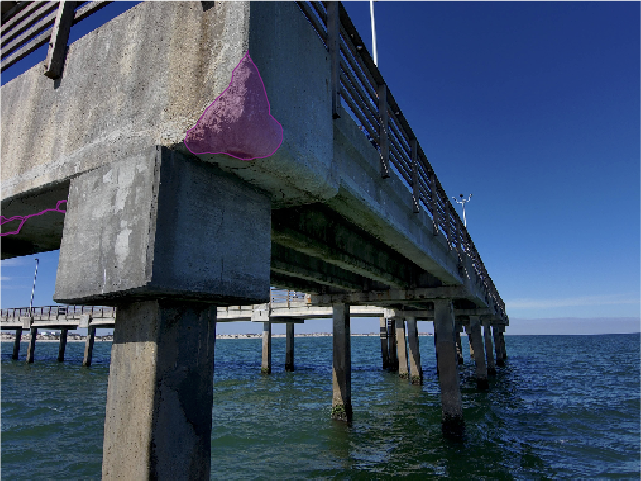
The oil and gas inspection industry operates according to stringent standards that primarily strive to keep equipment running efficiently while maintaining workplace safety. Conforming to such standards is challenging because oil and gas operations involve drilling (both on land and offshore), reservoir engineering, well servicing, production services, refining and transportation of petroleum products, and many other operations.
Not only is it challenging to conform to industry standards, but it is expensive to maintain a safe workplace and to protect workers from harm. It is necessary to equip workers with protective apparel; to continually train them on practicing safety procedures; and to keep them up to date on practicing improved equipment inspection techniques.
What is NDT?
Many NDT (Non Destructive Testing) methods are utilized in the oil and gas inspection industry. The best NDT methods address issues regarding safety, equipment reliability, and environmental protection and government regulations. The greatest benefits that NDT service provides are that
(a) Equipment for transporting petroleum products (such as a pipeline) can be inspected without making any structural changes;
(b) Equipment is not disturbed during NDT; therefore there is neither a reason to shut down nor to interrupt operations.
Popular NDT methods involve visual inspections, ultrasonic techniques, radiography, thermography, laser shearography, eddy current testing, microwaves, and acoustics.
5 Most Popular Inspection methods
The purpose of this article is to outline 5 popular methods: visual inspection, ultrasonic techniques, radiography, thermography and acoustic emissions. Each of these methods is explained, followed by a qualitative discussion of its implementation.
Method 1: Visual Inspection
Visual inspection is an inexpensive method for detecting equipment flaws and defects. A trained technician is likely to detect improper structural installations, certain types of impending structural failure, welding flaws, corrosion development, and cracks.
Method 2: Ultrasonic techniques
Ultrasonic testing utilizes sound waves whose frequencies (50 kHz - 50 MHz) are above the audible range for the human ear.
The piezo-electric effect of the ultrasonic transducer makes it possible to transmit and receive from within the equipment. The instrument makes it possible to inspect the internal structure of the equipment, and to detect thickness changes, welds, cracks, voids, delamination and other types of material or structural defects.
The limitation of this method is that data acquisition and evaluation depends on the expertise of the technician. This makes it difficult to arrive at nonsubjective readings and precision.
Method 3: Radiography
Radiographic methods utilize X-ray or gamma rays (electromagnetic radiation) to examine the internal structure and integrity of the equipment. Because these waves have short wave lengths, they can penetrate and travel through structural materials such as steel and metallic alloys.
In the oil and gas industry, this NDT method is useful for inspecting welds on pipelines and pressure vessels. It is also useful for inspecting non-metallic materials such as concrete and ceramics. Operating this type of NDT requires conformance to safety regulations.
Method 4: Thermography
Thermographic inspection measures the difference between the temperature of a pipeline and the surrounding environment. The measurement helps to detect (a) defects in pipeline insulation, and (b) leakage of oil or gas.
The marriage of this NDT technique and drone services will make this method of inspection more efficient and cost effective.
Method 5: Acoustic emissions
This method detects the presence of rarefaction waves produced by leaks in pipelines. When a fluid leak occurs, negative pressure waves propagate in both directions within the pipeline. Detection of these acoustic waves helps identify leakage in pipelines.
Conclusion
This article presents a summary of 5 popular inspection methods, their implementation, and their limitations. It is not possible within the scope of the article to present an exhaustive discussion on all NDT inspection methods. However, the article highlights the importance of NDT methods for the oil and gas industry.
Tags
Oil and Gas

.png)
